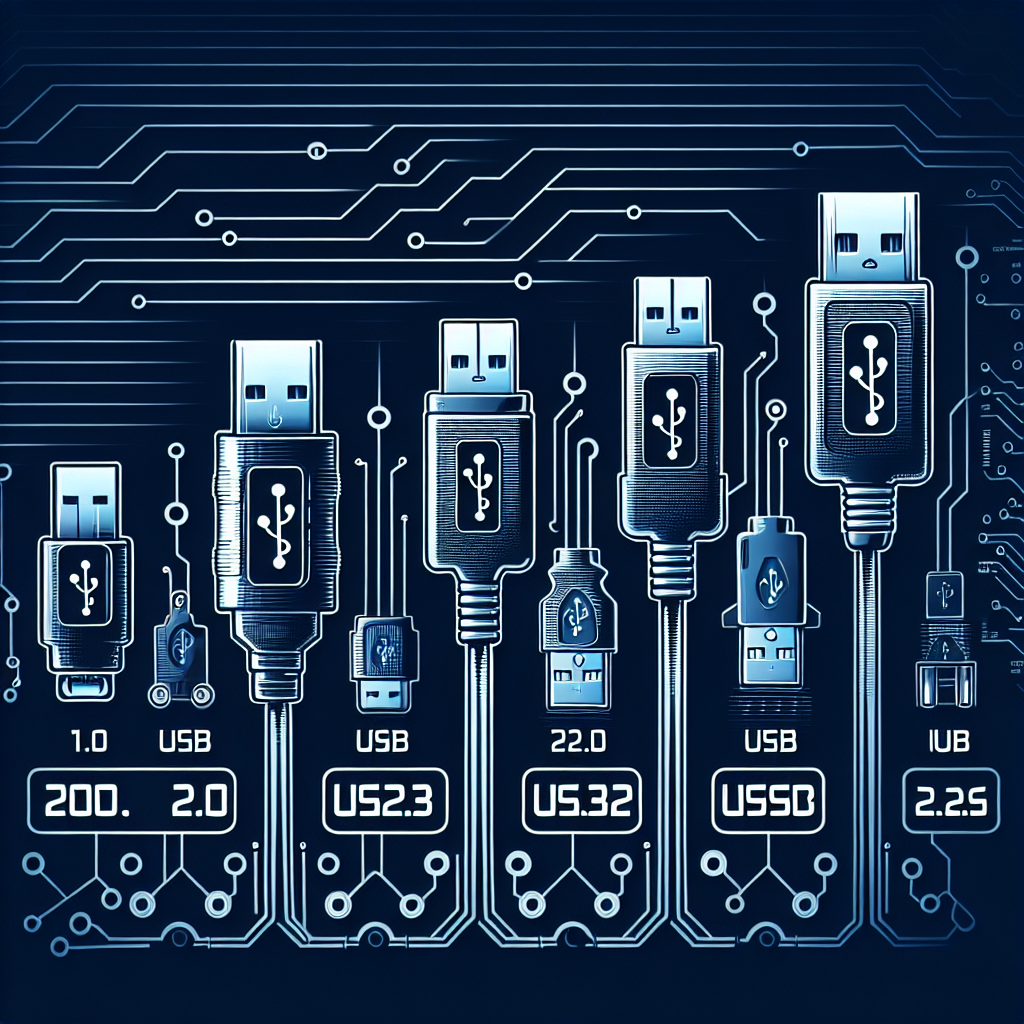When it comes to technology, the evolution of USB technology has been nothing short of remarkable. From the early days of USB 1.0 to the latest iteration of USB 3.0, the capabilities and speeds of USB have grown exponentially, revolutionizing the way we connect and transfer data.
USB, or Universal Serial Bus, was first introduced in the late 1990s as a way to simplify the connection of peripherals to computers. The original USB 1.0 had a maximum data transfer rate of 12 Mbps, making it a significant improvement over previous connection methods such as serial and parallel ports.
As technology advanced and the demand for faster data transfer speeds increased, USB 2.0 was introduced in the early 2000s. This new version of USB offered a maximum data transfer rate of 480 Mbps, making it ten times faster than its predecessor. USB 2.0 quickly became the standard for connecting external devices such as printers, cameras, and external hard drives.
However, as the demand for even faster data transfer speeds continued to grow, the USB industry developed USB 3.0. Introduced in 2008, USB 3.0 offered a significant leap in performance, with a maximum data transfer rate of 5 Gbps – ten times faster than USB 2.0. This increase in speed allowed for faster data transfers, quicker charging of devices, and improved overall performance.
One of the key features of USB 3.0 is its backward compatibility with previous versions of USB. This means that USB 3.0 devices can be used with older USB ports, although at reduced speeds. This backward compatibility has helped to ease the transition to USB 3.0 for consumers and businesses alike.
In addition to faster data transfer speeds, USB 3.0 also introduced new power management features. With USB 3.0, devices can draw more power from the USB port, allowing for faster charging of devices such as smartphones and tablets. This has been a significant benefit for users who rely on their devices for work and entertainment.
Overall, the evolution of USB technology from the early days of USB 1.0 to the latest iteration of USB 3.0 has been a game-changer for the way we connect and transfer data. With faster speeds, improved power management, and backward compatibility, USB 3.0 has become the standard for connecting external devices to computers and other devices. As technology continues to advance, it will be interesting to see what the future holds for USB technology and how it will continue to shape the way we interact with our devices.


Leave a Reply